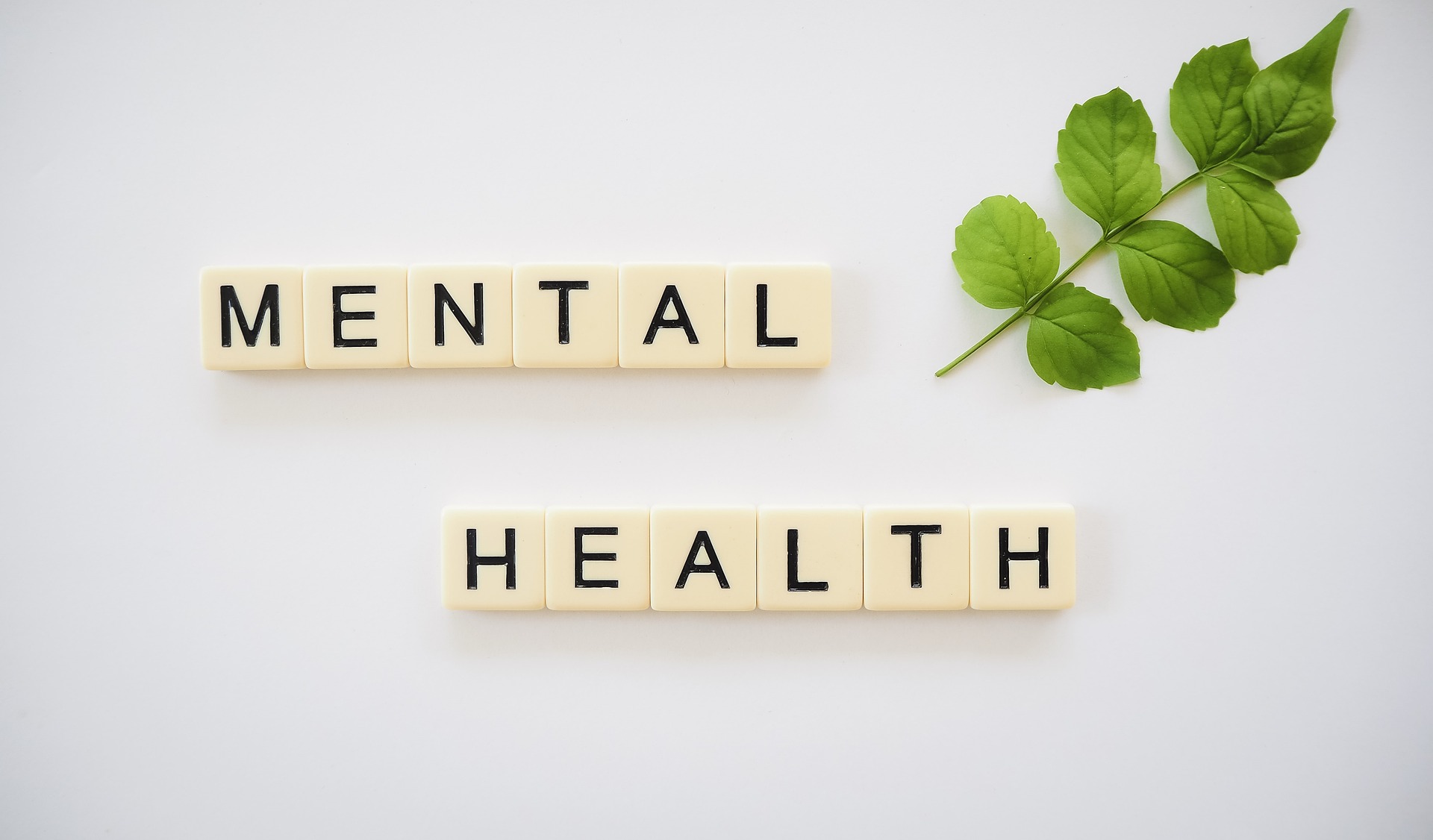Collaborative Care: Working with Clinicians to Manage Complex Conditions
Collaborative care models connect psychiatrists with primary care clinicians, therapists, and allied professionals to coordinate evaluation, diagnosis, and ongoing management of complex mental health presentations. By combining structured assessment, medication oversight, counseling, telehealth, and systematic monitoring, teams can create individualized treatment plans that support long-term wellbeing and functional recovery.

Collaborative care involves psychiatrists working alongside other clinicians to manage complex mental health conditions through shared assessment, coordinated diagnosis, and joint treatment planning. Teams focus on measurable goals, practical monitoring, and routine communication to reduce fragmented care. This model emphasizes evaluation that informs a clear treatment plan blending counseling, medication when appropriate, and psychosocial supports to improve overall wellbeing.
This article is for informational purposes only and should not be considered medical advice. Please consult a qualified healthcare professional for personalized guidance and treatment.
How is mental health assessment conducted?
Comprehensive mental health assessment begins with a detailed history, symptom inventories, and functional evaluation. Psychiatrists and other clinicians collect past psychiatric records, medical history, and collateral information from family or caregivers when possible. Standardized tools—screeners for depression, anxiety, ADHD, and sleep disturbances—help quantify baseline symptoms and prioritize areas that need immediate attention. Accurate assessment supports timely diagnosis and clarifies which aspects of a person’s life the treatment plan should target.
How are diagnosis and treatment plan coordinated?
Diagnosis in collaborative care is a shared process where clinicians discuss differential impressions and converge on a working diagnosis. The treatment plan defines goals, responsibilities, expected timelines, and criteria for stepping up or changing interventions. Plans often specify psychotherapy modalities, behavioral strategies, medication considerations, and follow-up intervals. Regular case review meetings ensure that diagnostic revisions and treatment plan updates reflect the patient’s evolving needs and responses.
What role does medication play in care?
Medication can be a core component for conditions such as depression, anxiety, ADHD, and certain sleep disorders contributing to insomnia. Psychiatrists advise on selection, dosing, interactions, and side-effect profiles, while primary care clinicians may handle ongoing prescriptions under collaborative agreements. Monitoring includes tracking symptom improvement, adverse effects, and adherence. Clear documentation and shared communication channels help maintain safe, evidence-based medication management across the care team.
How does telehealth support counseling and coordination?
Telehealth expands access to psychiatric consultation, psychotherapy, and team coordination, especially when local services are limited. Remote visits enable follow-up medication checks, brief psychiatric assessments, and joint sessions between therapists and prescribers. To be effective, telehealth workflows should protect privacy, ensure reliable technology, and coordinate scheduling so virtual care complements in-person supports. Telehealth can reduce barriers to care and maintain continuity between assessment, counseling, and monitoring.
How are anxiety, depression, ADHD, and insomnia addressed together?
Complex presentations often include overlapping conditions: anxiety and depression commonly coexist, ADHD can exacerbate mood and sleep problems, and insomnia can worsen attention and mood symptoms. Collaborative care uses integrated strategies—evidence-based psychotherapy for mood and anxiety, behavioral and environmental approaches for insomnia, and structured support for ADHD symptoms. Teams prioritize interventions based on severity and functional impact, sequencing or combining psychotherapy and medication as indicated by the diagnosis and patient preferences.
How is monitoring, compliance, and wellbeing maintained?
Ongoing monitoring is essential to detect changes in symptoms, side effects, and adherence or compliance barriers. Teams employ symptom checklists, patient-reported outcome measures, and routine outreach to track progress. Addressing social determinants, educating patients about treatments, and involving caregivers when appropriate support better compliance. Emphasizing functional outcomes—sleep quality, occupational performance, and relationships—keeps the focus on overall wellbeing rather than symptoms alone.
Collaborative care seeks to align psychiatrists, primary care clinicians, therapists, and community supports around a shared plan for complex conditions. Through coordinated assessment and evaluation, clear diagnosis and treatment plan development, thoughtful medication management, telehealth-enabled access, and consistent monitoring, teams can respond to changing needs and reduce fragmentation. This structured, patient-centered approach aims to improve clinical outcomes and support sustained recovery while keeping wellbeing at the center of care.






